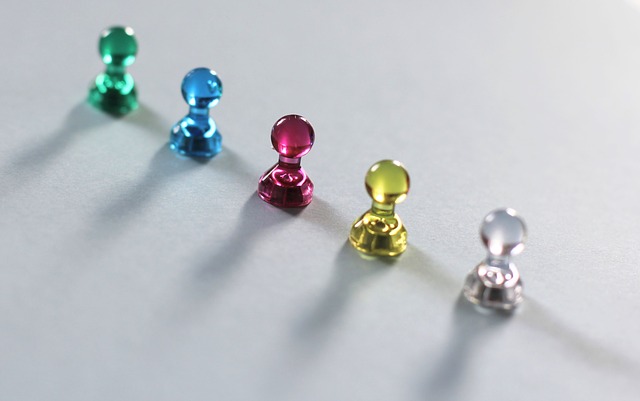Probability questions for CAT PDF consists of the important CAT probability questions. Every year around 2 to 3 questions are asked from the Probability topic. So this topic is important in CAT Quantitative aptitude section.
Take a free CAT Mock test and also solve CAT previous papers to get understanding of how the various questions will be asked in actual CAT exam.
You can download the Probability questions for CAT PDF or you can go through the details below.
Download Probability Questions for CAT PDF
Use Coupon:KICKSTART45 – Get 45% Off on CAT Courses
Probability Questions for CAT:
Question 1:
How many integers, greater than 999 but not greater than 4000, can be formed with the digits 0, 1, 2, 3 and 4, if repetition of digits is allowed?
A. 499
B. 500
C. 375
D. 376
Question 2:
What is the number of distinct terms in the expansion of $(a+b+c)^{20}$
A. 231
B. 253
C. 242
D. 210
E. 228
Question 3:
There are 6 boxes numbered 1,2,… 6. Each box is to be filled up either with a red or a green ball in such a way that at least 1 box contains a green ball and the boxes containing green balls are consecutively numbered. The total number of ways in which this can be done is
A. 5
B. 21
C. 33
D. 60
Download CAT Quantitative Aptitude Questions PDF
Question 4:
A graph may be defined as a set of points connected by lines called edges. Every edge connects a pair of points. Thus, a triangle is a graph with 3 edges and 3 points. The degree of a point is the number of edges connected to it. For example, a triangle is a graph with three points of degree 2 each. Consider a graph with 12 points. It is possible to reach any point from any point through a sequence of edges. The number of edges, e, in the graph must satisfy the condition
A. 11 ≤ e ≤ 66
B. 10 ≤ e ≤ 66
C. 11 ≤ e ≤ 65
D. 0 ≤ e ≤ 11
Question 5:
A new flag is to be designed with six vertical stripes using some or all of the colours yellow, green, blue and red. Then, the number of ways this can be done such that no two adjacent stripes have the same colour is
A. 12 × 81
B. 16 × 192
C. 20 × 125
D. 24 × 216
As you have downloaded our Probability CAT questions PDF, you can also download our CAT Formulas PDF
Solutions to Probability Questions for CAT:
Answer 1:
We have to essentially look at numbers between 1000 and 4000 (including both).
The first digit can be either 1 or 2 or 3.
The second digit can be any of the five numbers.
The third digit can be any of the five numbers.
The fourth digit can also be any of the five numbers.
So, total is 3*5*5*5 = 375.
However, we have ignored the number 4000 in this calculation and hence the total is 375+1=376
Answer 2:
The power is 20.
20 has to be divided among a, b and c. This can be done in $^{20+3-1}C_{3-1}$ = $^{22}C_2$ = 231
Option a) is the correct answer.
Answer 3:
If there is only 1 green ball, it can be done in 6 ways
If there are 2 green balls, it can be done in 5 ways.
If there are 6 green balls, it can be done in 1 way.
So, the total number of possibilities is 6*7/2 = 21
Answer 4:
Take any 12 points.
The maximum number of edges which can be drawn through these 12 points are $^{12}C_2$ = 66
The minimum number of edges which can be drawn through these 12 points are 12-1 = 11 as the resulting figure need not be closed. It might be open.
Answer 5:
The number of ways of selecting a colour for the first stripe is 4. The number of ways of selecting a colour for the second stripe is 3. Similarly, the number of ways of selecting colours for the third, fourth, fifth and sixth stripes are 3, 3, 3 and 3 respectively.
The total number of ways of selecting the colours is, therefore, 4*3*3*3*3*3 = 12*81.





![CAT Averages Questions PDF [Important Questions] CAT AVERAGES Questions PDF](https://cracku.in/blog/wp-content/uploads/2022/07/CAT-AVERAGES-Questions-PDF-218x150.png)